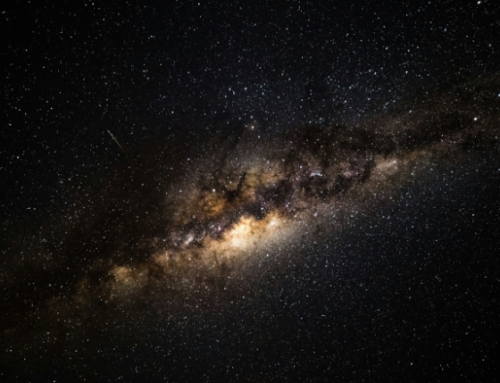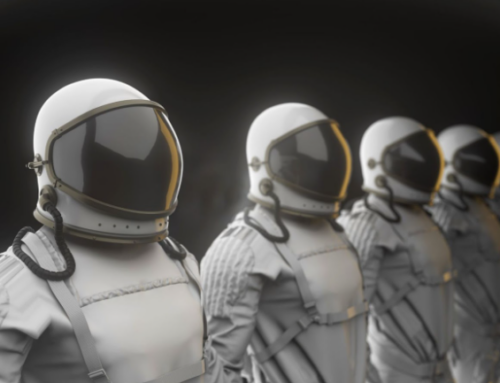Teaching and space exploration are very different yet mutually noble career paths. Together, these fields are essentially symbiotic partners, with advanced space missions informing today’s classrooms and, in turn, classrooms producing the next generation of inquisitive, forward-thinking astronauts, researchers, and aerospace engineers.
There is perhaps no better living representation of these notions than Barbara Morgan, the first teacher to successfully visit space. Morgan’s dedicated career in education has been augmented by her accomplishments in space – and vice versa, making her a timeless inspiration for a world looking increasingly beyond the scope of galactic possibility.
In 1985, Morgan, an elementary school teacher, applied for a chance to participate in the Teacher in Space Project (TISP), a program announced by Ronald Regan in 1984 that would send the first teacher into space as a payload specialist. The program aimed to inspire the education community and, ideally, create more interest in fields like science, mathematics, aeronautics, and space exploration. NASA ultimately selected Morgan as the program’s backup for the winning applicant, Christa McAuliffe, who would join the Space Shuttle Challenger’s 10th mission, STS-51-L, and conduct experiments and teach lessons from aboard the spacecraft.
Tragically, McAuliffe never got her chance; she and the rest of the Challenger crew died on January 28, 1986, when the craft suddenly disintegrated 73 seconds after lift-off as thousands – Morgan included – looked on. At the time, NASA attributed much of the public interest in the Challenger’s mission (and, inevitably, the extensive media coverage of its ill-fated launch) to McAuliffe’s involvement as a school teacher and private citizen, making her loss a particularly raw detail of an already distressing national tragedy.
Following the disaster, Morgan assumed full TISP duties, working with NASA’s educational division while continuing to teach and periodically speak at educational organizations nationwide. During this time, her duties included public speaking, educational consulting, and curriculum design in tandem with contributions to the National Science Foundation’s Federal Task Force for Women and Minorities in Science and Engineering. She eventually joined NASA’s astronaut corps in 1998 and went on to fly aboard STS-118 in 2007 on a mission to the International Space Station (ISS). After retiring from NASA in 2008, she continued teaching and making public appearances, earning a Distinguished Educator in Residence role with Boise State University – dually appointed in the colleges of Engineering and Education.
Morgan has received countless accolades for her contributions to space and education, including, but not limited to, a NASA space flight medal, the Challenger Center President George H.W. Bush Award, the VFW National Space Award, the NEA Friend of Education Award, and the AARP Inspire Award. Her achievements have been a key step in bridging space with the so-called average population, showcasing a more accessible space experience with vast practical implications for education and beyond. Most of all, Morgan has honored McAuliffe’s legacy in the process, helping to fully realize what her cohort had intended to start decades prior.
“You know, there’s a great sense of pride to be able to be involved in a human endeavor that takes us all a little bit farther,” she said of her flight on STS-118. “When you look down and see our Earth, and you realize what we are trying to do as a human race, it’s pretty profound.”
Barbara Morgan remains a shining example of ambition and courage for education and astronomy, leaving an indelible mark on both by embodying a fusion of their most honorable inherent values.
Photo credit: Wikipedia






